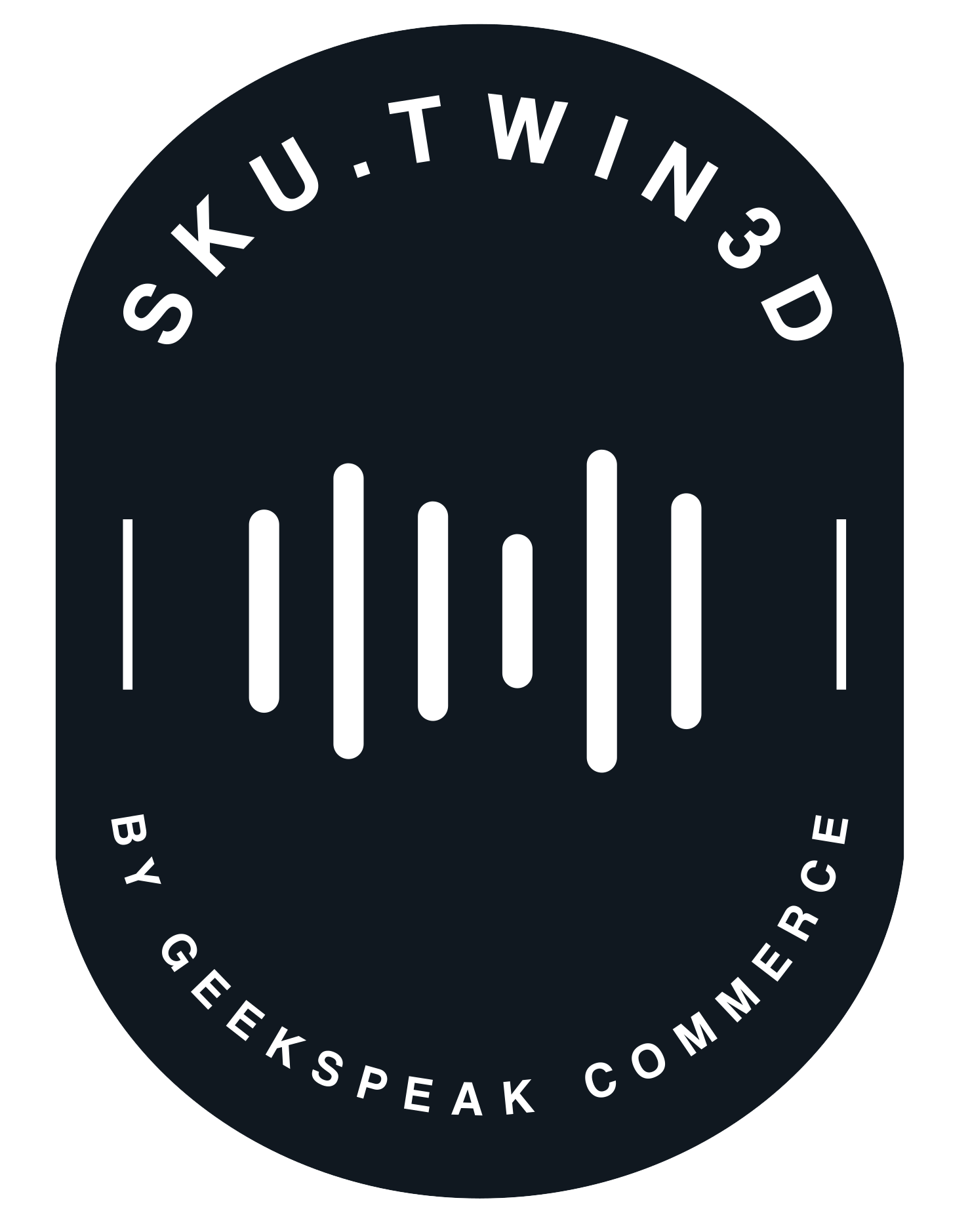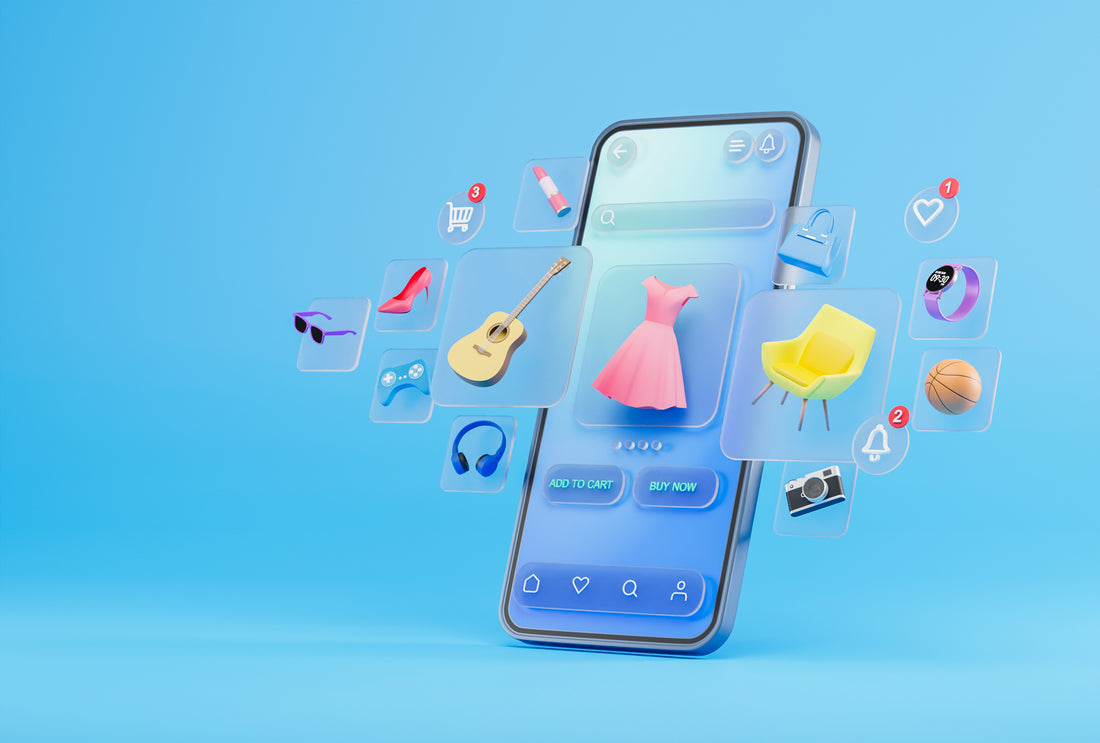3D rendering has reshaped the world of design, bringing concepts to life in vivid detail and dynamic motion. For businesses, especially in the e-commerce realm, 3D product animations offer an unrivaled tool for showcasing products with realism and depth. This article delves into the intricate art of 3D rendering and how it enhances product animation, driving consumer engagement and sales.
Understanding 3D Rendering
At its core, 3D rendering is the process of producing an image based on three-dimensional data stored within a computer. This technique allows designers to create photorealistic images and animations, simulating real-world lighting, shadows, and textures.
Why 3D Product Animation Matters
- Interactive Engagement: Unlike static images, animations capture attention, holding it through movement and detail.
- Showcasing Product Features: Animations can highlight specific product features, demonstrating functionality and value.
- Strengthening Consumer Trust: Photorealistic animations allow consumers to view products from multiple angles, fostering a deeper understanding and trust in the purchase.
Steps to Master 3D Rendering for Product Animation
- Model Creation: Start by constructing a digital 3D model of the product. Precision here is crucial; even minor discrepancies can result in unrealistic animations.
- Texturing: Apply textures to give the model a realistic appearance. This might involve simulating materials like leather, metal, or fabric.
- Lighting: Like in photography, lighting in 3D rendering can make or break an image. Proper lighting accentuates the product's features and sets the desired mood.
- Animation: Incorporate movement, whether it's the product rotating, assembling components, or demonstrating functionality.
- Rendering: This is the computational process where the final animation is produced. It can be time-consuming as the software calculates lighting, shading, and reflections.
- Post-Processing: Once rendered, the animation may require adjustments for color balance, contrast, or special effects to achieve the desired outcome.
Challenges in 3D Rendering for Animation
- Time Constraints: High-quality renders, especially animations, can be time-consuming, requiring significant computational power.
- Achieving Realism: Striking the right balance between realism and artistic intent can be tricky.
- Keeping Up with Technology: The world of 3D rendering is ever-evolving. Staying updated with the latest tools and techniques is paramount.
3D rendering for product animation has revolutionized the way businesses present their products to the world. When executed correctly, these animations provide an immersive experience, bridging the gap between online shopping and the tangible feel of traditional retail. By mastering the nuances of 3D rendering, brands can elevate their product presentations, enchanting consumers and driving informed purchasing decisions.
For expert guidance and solutions in mastering the art of 3D rendering for captivating product animations, don't hesitate to contact us. Reach out today to chat about how 3D rendering can elevate your product presentation, enhance consumer engagement, and boost sales.

